



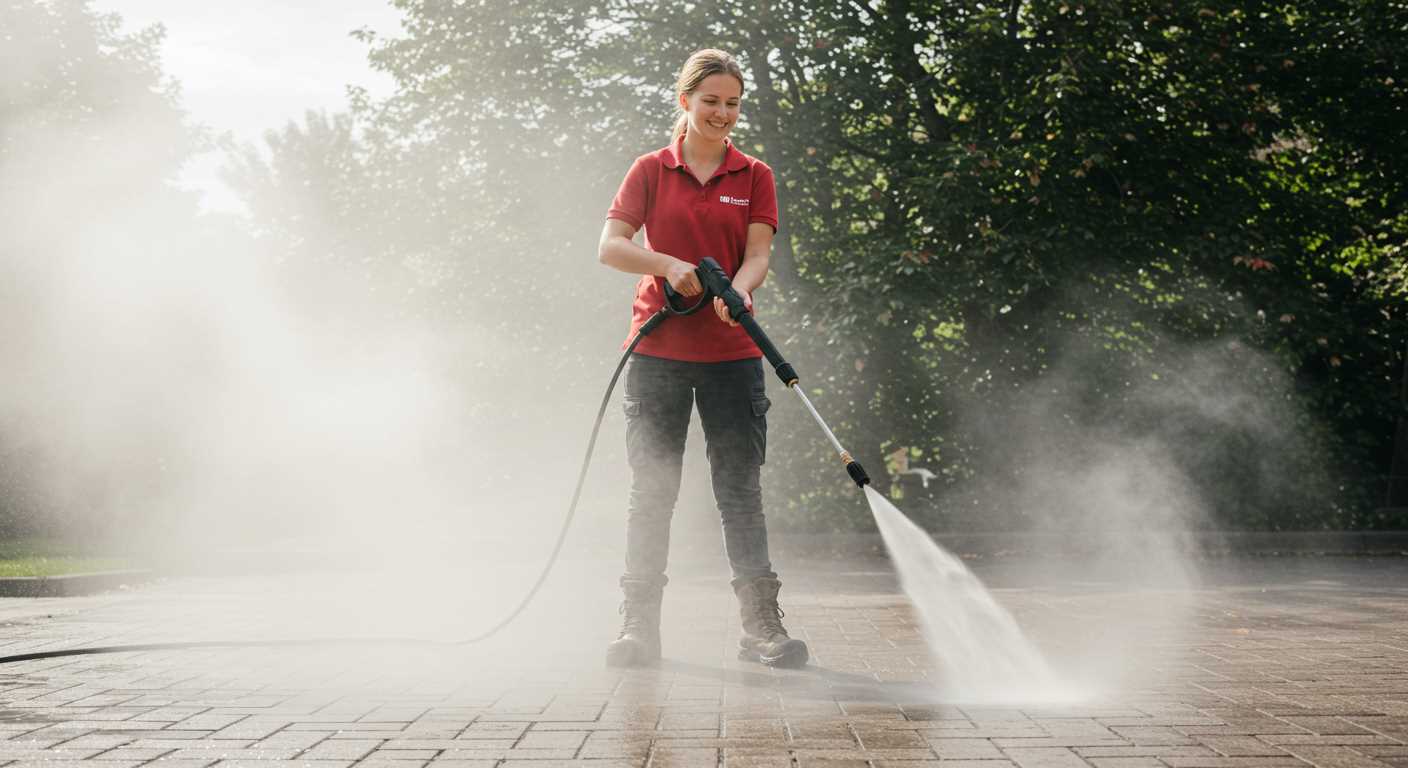
Begin by ensuring that the right adapter is selected for your setup. In my experience, using the correct fitting saves time and prevents leaks. Take a moment to check the specifications of both the high-pressure device and the attachment. Most commonly, you’ll find either a quick-connect or threaded connection. Having the right hardware on hand makes all the difference.
Next, securely attach the cleaning accessory to the output of your high-pressure unit. If you’re using a quick-connect system, you should hear a distinct click when the pieces are properly engaged. For threaded connections, a wrench may be necessary to ensure a snug fit, but be cautious not to overtighten, as this can lead to damage.
Before you start, it’s wise to test the system at a low setting to ensure everything is functioning correctly. I recall the time I rushed into a job without checking, only to face unexpected leaks. A simple test run can save you from a messy situation and help you gauge the efficiency of your equipment.
Finally, don’t forget to adjust the nozzle setting on your cleaning attachment for the surface you’re working on. Different materials require different approaches. I’ve learned the hard way that a too-powerful spray can damage delicate surfaces, while too weak a setting may not yield the desired results. Always keep safety and effectiveness in mind.
Understanding the components of a high-pressure unit and cleaning attachment
Begin with the motor or engine, which drives the system. Gasoline engines offer mobility and power, while electric motors provide consistent performance with less maintenance. Choosing the right power source is crucial for your tasks.
Next, examine the pump. It’s the heart of the operation, converting energy from the engine into high-pressure water flow. Axial pumps are common in residential models, while triplex pumps are typically found in commercial units, delivering greater reliability and longevity.
Also, pay attention to the nozzle. Different types, such as fan or rotating nozzles, determine the spray pattern and pressure. Selecting the appropriate nozzle ensures optimal performance for various surfaces, from concrete to wood.
Now consider the attachment itself. A cleaning tool often features multiple nozzles for broader coverage and efficiency. The design allows for optimal water flow, which enhances cleaning capabilities. Make sure the connection points are compatible with your high-pressure system.
The hose is another key element. High-quality hoses resist kinks and abrasions, ensuring a steady flow of water. A longer hose allows for greater reach but can lead to a slight pressure loss, so balance is key.
Finally, don’t overlook safety features. A trigger lock prevents accidental activation, while pressure relief valves help manage the system’s pressure. Always check these components before use to avoid mishaps.
In my experience, understanding these components not only enhances performance but also prolongs the lifespan of the equipment. Regular maintenance and proper usage will keep everything running smoothly for years to come.
Choosing the Right Surface Cleaner for Your Pressure Washer Model
First and foremost, ensure compatibility between the cleaning attachment and your machine. Check the specifications of both devices; most manufacturers provide a list of compatible models. This simple step can save you time and potential frustration.
- Size Matters: Consider the diameter and width of the cleaning head. A wider head cleans larger areas quickly, but may not be suitable for tight spaces. For instance, I once used a 20-inch model on a driveway; it worked wonders, but I had to switch to a smaller 12-inch unit for the patio.
- Material Quality: Look for durable construction. Stainless steel or high-grade plastic tends to last longer than cheaper alternatives. I learnt this the hard way when a plastic attachment cracked during a job, delaying my schedule.
- Water Pressure Rating: Match the water pressure rating of the cleaner to your device. Using a cleaner rated for lower pressure can lead to unsatisfactory results. I’ve made this mistake and ended up with streaked surfaces that needed a second round of cleaning.
- Brush Type: Different projects require different brush types. Soft brushes work great for delicate surfaces, while stiff brushes tackle tougher grime. I often switch brushes based on the job at hand, ensuring optimal results.
- Ease of Use: Features like adjustable height and swivel connectors enhance usability. I appreciate models that allow for quick adjustments; it saves time and effort during lengthy cleaning tasks.
Lastly, read reviews and seek recommendations from those who have experience with similar equipment. Personal insights often reveal practical advantages and potential drawbacks that specifications alone may not convey. In my experience, understanding real-world performance makes all the difference in achieving satisfactory results.
Preparing Your Cleaning Device for Connection
Before you start the assembly, ensure your machine is turned off and disconnected from the power source. This simple step prevents accidents during setup. Always check the water supply; a steady flow is crucial for optimal operation. Inspect the hose for any kinks or damages to avoid interruptions during use.
Gather Necessary Tools
You’ll need a few tools handy to facilitate the process. A wrench for securing fittings, a screwdriver for adjustments, and a bucket for excess water will make your task smoother. Lay everything out to avoid searching mid-assembly.
Check Compatibility and Connections
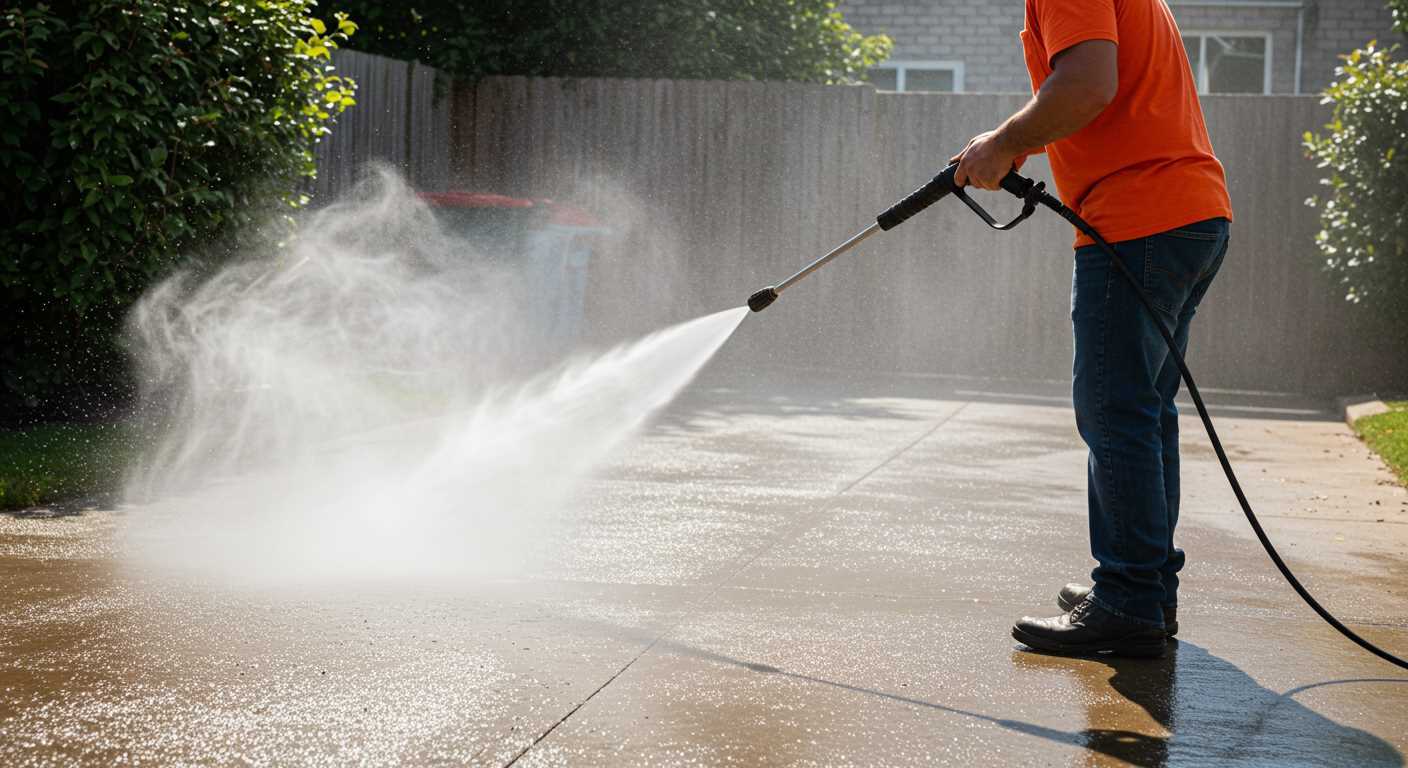
Examine the fitting sizes on both devices. Most models use standard sizes, but verifying ensures a snug fit. Clean the connection points on both appliances to remove any debris or grime, allowing for a watertight seal. If your model requires an adapter, now is the time to attach it.
| Action | Description |
|---|---|
| Turn off the device | Ensure the machine is powered off to prevent accidents. |
| Inspect hoses | Check for kinks or cracks that could disrupt water flow. |
| Gather tools | Have wrenches, screwdrivers, and buckets ready for assembly. |
| Check fittings | Ensure compatibility between devices for a secure connection. |
| Clean connection points | Remove debris to ensure a tight, leak-proof fit. |
By following these steps, you’ll set yourself up for a seamless assembly experience. Trust me, the preparation makes all the difference when you want to get the job done efficiently.
Connecting the Surface Cleaner to the Pressure Washer
To achieve an optimal clean, ensure that your attachment fits snugly onto the spray lance of your equipment. Align the connector on the cleaner with the lance and push it firmly until you hear a click. This confirms that it is securely attached and ready for use. The connection should be tight enough to prevent any leaks during operation.
Before starting, check the quick-connect fittings; they should be free of debris and damage. If you notice any wear, replace them to avoid interruptions while working. A loose connection can lead to inefficiency or even damage to the attachment.
Pressure Settings and Compatibility
Adjust the pressure settings on your unit according to the surface cleaner specifications. Most models require a specific range to function effectively. Refer to the user manual of your cleaner for guidance on the appropriate pressure settings. Using too high a pressure can damage the cleaner or the surface being cleaned.
Final Checks Before Use
Before you begin, ensure that all hoses are properly connected and that there are no kinks that could impede water flow. A well-maintained hose enhances performance significantly. Review the water supply to guarantee a consistent flow, as this is vital for optimal functioning. For those exploring options, check out the pressure washers in Australia for top choices available. After everything is set, you are ready to start your cleaning task efficiently.
Checking for leaks and ensuring a secure fit
Inspect all connections meticulously. After you’ve attached the cleaning device, turn on the water supply without powering up the motor. Look for any signs of leaking at joints and fittings. A small droplet can indicate a loose connection, which needs tightening. Use adjustable wrenches or pliers to secure any loose fittings, but be careful not to overtighten, as this can cause damage.
Visual and auditory cues
Listen for unusual sounds, such as hissing or sputtering. These can be signals that air is entering the system, often due to a poor seal. If you notice any leaks, disconnect the equipment and check the O-rings and seals for wear or damage. Replacing these components can prevent further issues and ensure a tight fit.
Testing the setup
Once everything appears secure, it’s time for a brief test run. Engage the motor briefly, observing if any water escapes from joints. This will confirm if your connections are watertight. If everything looks good, you’re set to start your cleaning tasks. Regular checks, especially after extensive use, will help maintain the integrity of your setup and prolong the lifespan of your tools.
Adjusting pressure settings for optimal cleaning
Set the output to a lower level for delicate surfaces such as wood or painted areas. I recall a time when I mistakenly used full force on a wooden deck; the results were disastrous. A light touch at around 1500 PSI worked wonders instead.
For tougher grime on concrete or stone, crank it up to about 2500 PSI. During a recent project, I tackled a driveway that hadn’t been cleaned in years. The difference was remarkable when I increased the pressure; the dirt lifted effortlessly.
Always start at a lower setting and gradually increase. I made it a habit to test the pressure on an inconspicuous spot first. This method saved me from damaging surfaces more than once.
Adjust the nozzle as well. A narrow nozzle creates a concentrated jet for stubborn stains, while a wider spray is gentler and covers more area. I’ve found that switching between nozzles based on the task at hand can significantly enhance the outcome.
Finally, consider the temperature of the water. Hot water can be more effective for grease or oil stains. I remember cleaning a barbecue grill with hot water; it cut through the residue far quicker than cold water ever could.
Maintenance tips for prolonging the life of your equipment
Regularly inspect and clean the inlet filter. A clean filter prevents debris from entering the system and causing damage. I once neglected this step, leading to a clogged pump and costly repairs. A quick check every few uses can save you time and money.
Winter storage precautions
Before storing your gear for the winter, ensure all water is drained to avoid freezing damage. I learned this the hard way; a frozen line can crack and lead to leaks. Additionally, using a pump protector or antifreeze solution can safeguard against harsh temperatures.
Routine lubrication
Keep the moving parts well-lubricated. After extensive use, I noticed my unit was running less smoothly. Applying the recommended lubricant to bearings and pivot points not only enhances performance but also extends the lifespan of your tools. Check the manufacturer’s guidelines for the right products to use.

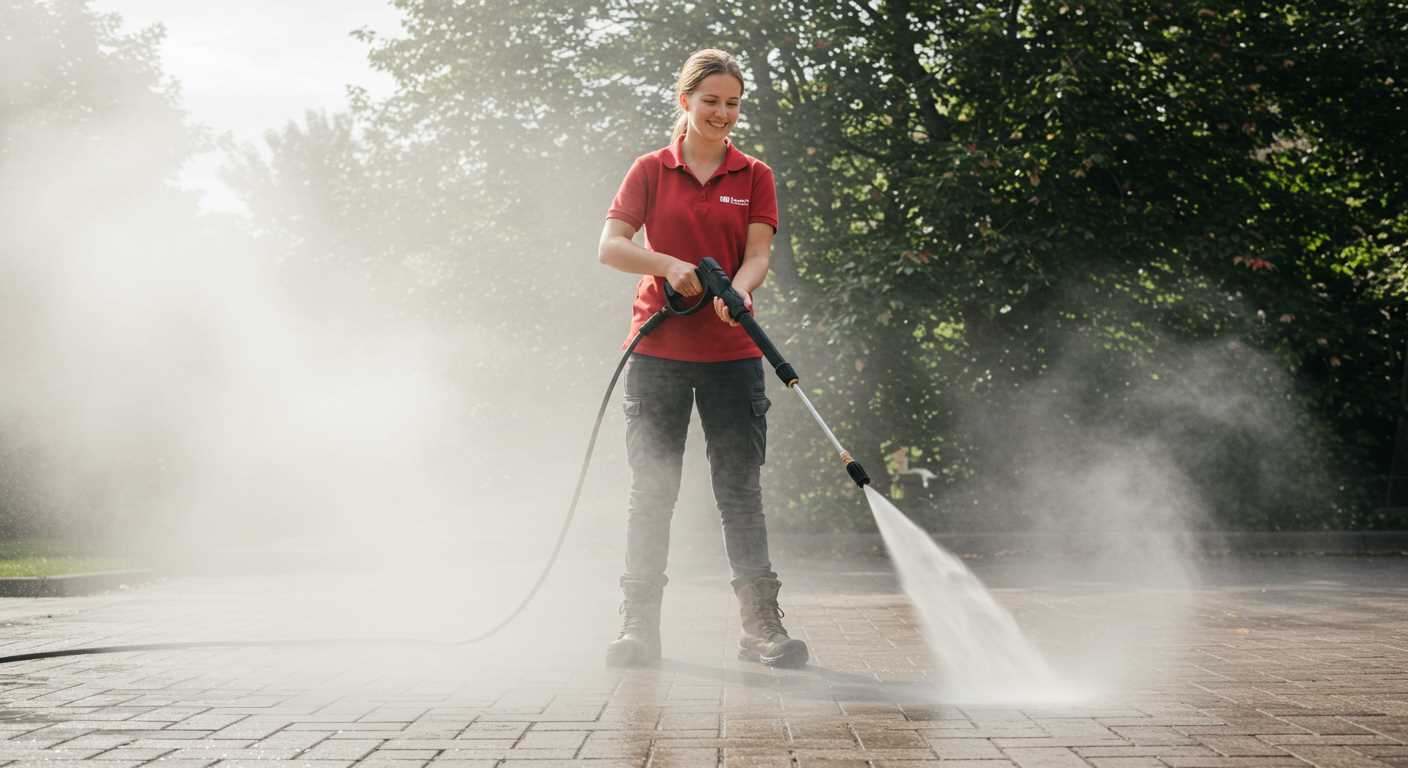
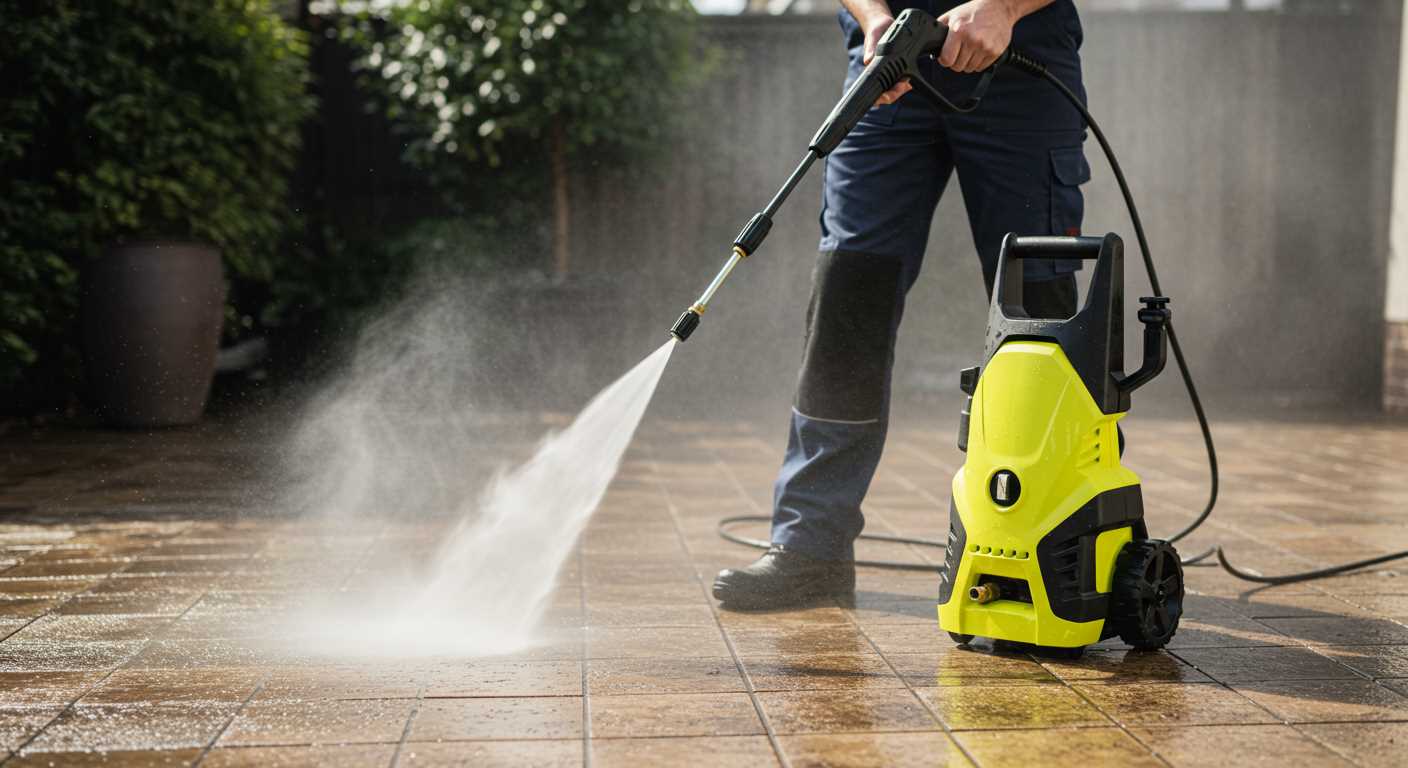
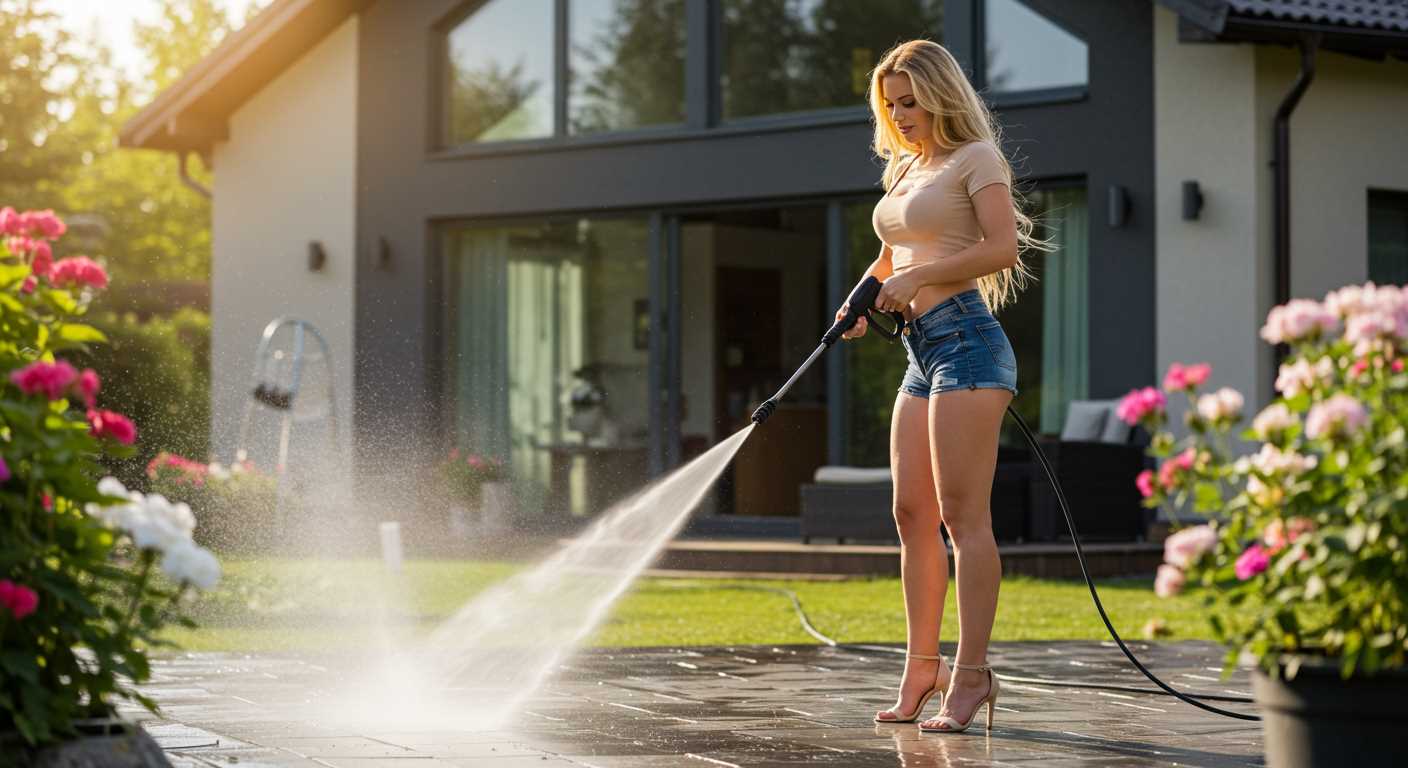
.jpg)


